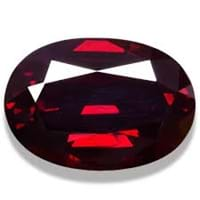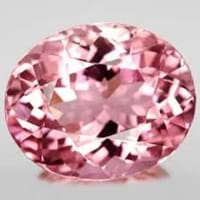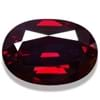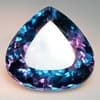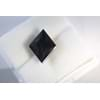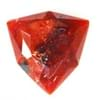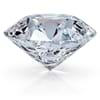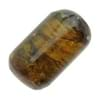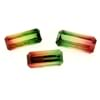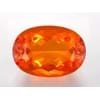Origin
Southern and central Africa
Brazil, Madagascar, Zambia, Sri Lanka, Burma, Russia, USA, Afghanistan
Color
Red, Brown, Red, Red, Black
Green, Blue, Yellow, Red, Brown, White, Colorless, Blue, Red, Green, Yellow, pink
Streak
Brownish, Red, Brownish, Red
White
For which Rashi?
Not Available
Libra
Planet
Not Available
Venus, Mars
Element of Planets
Not Available
Water
Energy
Not Available
Projective
Finger
Not Available
Not Available
Ring Metal
Not Available
Not Available
Deities
Not Available
Venus
Not to wear with
Not Available
Not Available
Powers
Not Available
Love, Courage
Planetary
Not Available
Not Available
Talisman
Not Available
Not Available
Tenacity
Brittle
Not Available
Solubility
Not Available
Not Available
Durability
Not Available
Not Available
Specific Gravity
5.85-6.15
2.85-3.35
Fracture
Conchoidal, Metallic, UnevenArthur Thomas, Gemstones (2009), Brittle, Conchoidal
Uneven, Conchoidal, ConchoidalArthur Thomas, Gemstones (2009)
Cleavage
Fair in four directions forming octahedrons
Indistinct
Mohs Hardness
3.5-4
7-7.5
Chemical Composition
Cu 2OMichael OâDonoghue , Gems, Sixth Edition (2006) More from other references
Tourmaline is a series of several different minerals with unique chemical formulas. See The chemical formula of Tourmaline for details.
Luster
Adamantine
Vitreous
Pleochroism
visible
typically moderate to strong
Transparency
TranslucentWalter Schumann
Transparent, Translucent, Transparent to opaque
Refractive Index
2.849
1.614-1.666
Optic Character
Not Available
Not Available
Crystal System
cubic
Trigonal
Birefringence
Not Available
0.014-0.040
Clarity
TranslucentWalter Schumann
Transparent
Neurological
Not Available
Not Available
Cardiovascular
Not Available
Not Available
Respiratory
Not Available
Not Available
Reproductive
Not Available
Not Available
Digestive
Not Available
Not Available
Psychology
Not Available
Not Available
Healing
Not Available
Not Available
Qualities Associated
Not Available
Not Available
Cuprite Vs Tourmaline Fracture
Fracture is an important parameter when you compare Cuprite and Tourmaline Physical Properties. It is necessary to understand the significance of these properties, before you compare Cuprite Vs Tourmaline fracture. Whenever a gemstone chip breaks, it leaves a characteristic line along its breakage. Such lines are known as fracture and are used to identify the gemstones in their initial stages of production when they are in the form of rough minerals. Fracture is usually described with the terms “fibrous” and “splintery” to denote a fracture that usually leaves elongated and sharp edges. Fracture observed in Cuprite is Conchoidal, Metallic, UnevenArthur Thomas, Gemstones (2009), Brittle and Conchoidal. Tourmaline fracture is Uneven, Conchoidal, ConchoidalArthur Thomas and Gemstones (2009).
Cuprite Vs Tourmaline Luster
A primary knowledge about Cuprite vs Tourmaline luster is useful in apparent identifications of these gemstones. Luster is the measure of light that gets reflected when incident on a finished cut gemstone. There are two major types of lusters: Silky and Adamantine. Since luster varies between two crystals of even the same gemstone, luster is limited to basic identification criteria. Cuprite exhibits Adamantine luster. Tourmaline, on other hand, exhibits Vitreous luster.
